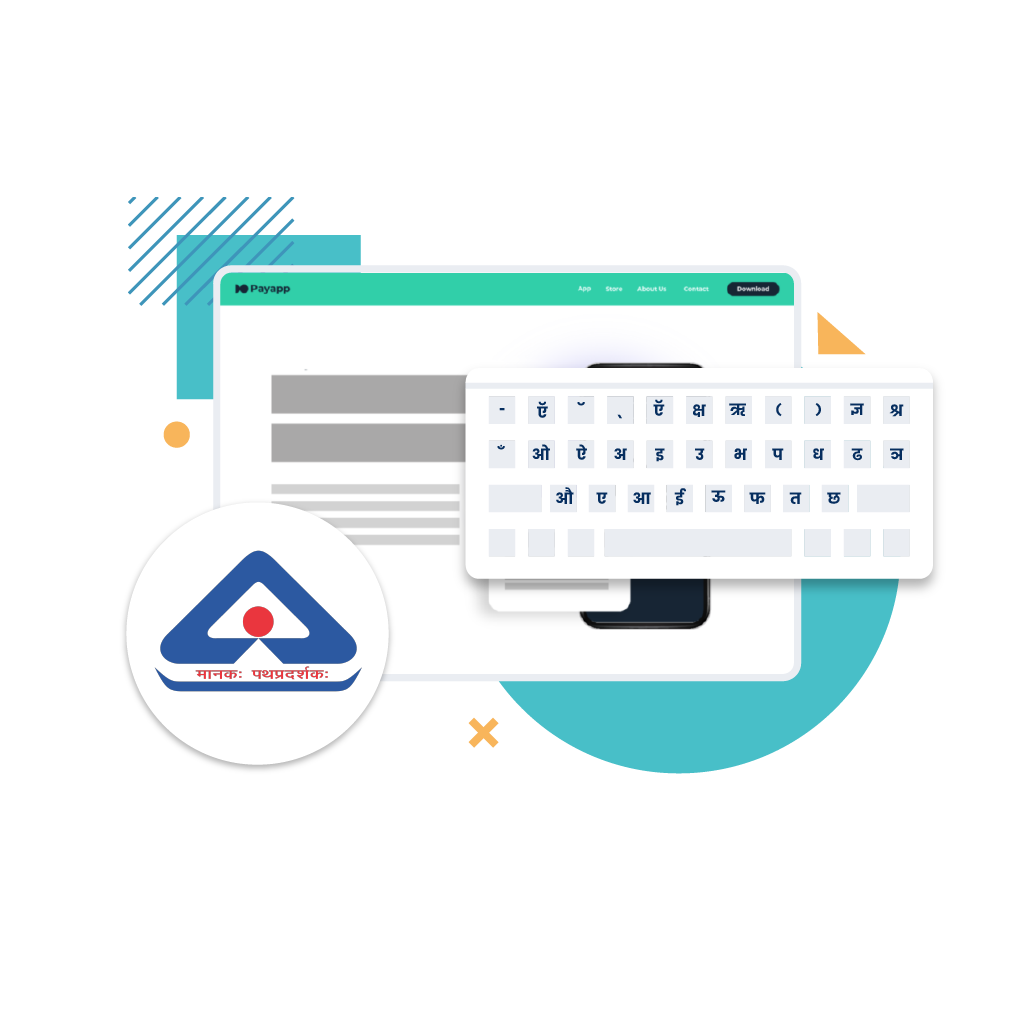India’s regional internet users are driving the next wave of digital growth—and Kannada is an essential language in this shift. With 51.8 million native speakers (Worlddata.info), Kannada ranks as the eighth most spoken language in India, backed by a digitally active population concentrated in Karnataka and surrounding regions. Businesses looking to expand their market share in South India must prioritise Kannada localisation, not as a translation checkbox but as a channel to build trust and engagement.
Aligned with India’s Digital Language Equality and local-first initiatives, there is now a policy and infrastructure focus on vernacular content accessibility. As language becomes a core enabler of digital equity, translating web pages into the Kannada language becomes a business decision rooted in customer experience and competitive advantage.
Lost in Translation? Traditional Methods vs. Scalable Localisation
Website translation often begins with manual processes or plug-ins that offer limited context and even less consistency. Human-only translation ensures quality but introduces operational delays, scalability challenges, and significant cost implications, especially when managing dynamic or frequently updated content.
Conversely, generic machine translation outputs miss nuance, struggle with domain-specific accuracy, and lack the linguistic sensitivity needed for languages like Kannada, which carry rich contextual and cultural depth.
Legacy solutions fail to support real-time content sync or flexible CMS compatibility, often resulting in fragmented multilingual web properties and broken experiences. This gap becomes more pronounced as enterprises expand across Indian language markets where dynamic content and compliance with regional search patterns become non-negotiable.
To move from patchwork efforts to enterprise-grade efficiency, localisation must scale without trade-offs—automated, accurate, and context-aware, ensuring continuity across all web touchpoints.
The Translation Trifecta: 3 Proven Approaches to Translate Websites
Translating a website demands precision, scalability, and cultural localisation, especially for high-growth regional markets like Kannada-speaking users.
Below are the three most effective translation methods enterprises rely on:
- Human Translation
Professional linguists ensure accuracy, preserve intent, and deliver quality aligned to brand tone and cultural nuance. It is suitable for brand-critical assets, but the cost, time, and resource dependency make it difficult to scale across large or frequently changing websites.
- Machine Translation (MT)
Automated translation engines like NMT (Neural Machine Translation) offer fast, high-volume output at lower cost. However, they lack the expertise needed for context-sensitive content and may not adapt effectively to specialised industries or Indian language nuances without post-editing.
- Machine Translation Post-Editing (MTPE)
This hybrid model blends automation and human oversight. Machine translation generates the first layer, which is then reviewed and optimised by human editors. It significantly accelerates delivery timelines while maintaining quality—a model that powers modern localisation workflows.
Anuvadak: A Business-First Approach to Kannada Website Translation
As Indian enterprises scale beyond the metros in tier 2 and tier 3 cities, they need localisation platforms built to handle complexity without slowing down go-to-market timelines.
Below are the key reasons enterprises choose Reverie’s Anuvadak to translate web page to Kannada language:
- Launch Fast Without Language Bottlenecks: Anuvadak accelerates your time-to-market by 5X through automated Kannada translations powered by Neural Machine Translation, removing delays and scaling content effortlessly.
- Zero Downtime Translation: Translation workflows run parallel to your live site. Content updates are auto-localised in real time, without affecting performance or uptime.
- Seamless CMS & Tech Stack Integration: Anuvadak integrates smoothly across platforms regardless of tech stack or CMS, eliminating setup complexity.
- Instant Multilingual Subdomain Deployment: Localised Kannada content is auto-published to region-specific subdomains (e.g., kn.yourdomain.com), streamlining search visibility and navigation for regional users.
- Drive Traffic with SEO-Ready Kannada Pages: Incorporates Indian language meta tags, ensuring your Kannada content is search engine friendly and easily found by local users.
- Cut Manual Work by 90%: Its intelligent interface reduces manual tasks by over 90%, giving content teams centralised control over updates, edits, and translations.
How to Translate a Web Page to Kannada with Anuvadak in Simple Steps
Reaching Kannada-speaking audiences with high-quality, localised content shouldn’t be complex. Anuvadak turns translation into a process that’s fast, intuitive, and fully enterprise-ready.
Below are the streamlined steps that bring your Kannada web presence to life:
- Step 1: Setup and Scope Mapping
- Feed in your sitemap or URLs to be localised
- Choose Kannada (ka) or Roman Kannada (rom_ka) as the target language
- Anuvadak auto-calculates source and unique word counts
- Pages are prepared for translation tracking
- Step 2: Smart Translation Management
- Neural Machine Translation pre-fills Kannada content
- Interface provides suggestions for edits and transliteration
- Reviewers can proofread, edit, and approve within a collaborative dashboard
- Translation memory ensures consistency across pages
- Step 3: Go Live on the Kannada Subdomain
- Publish directly to kn.yourdomain.com or the desired directory
- Built-in Indian Language Meta Tags for local SEO
- No deployment delays or impact on your main website’s performance
Build Regional Trust with Kannada
Digital India isn’t powered by a single language. It thrives on regional connections, cultural relevance, and accessibility in a user’s preferred language. Businesses that localise early gain first-mover advantage, trust equity, and brand relevance in Karnataka’s regional economy. With tools like Anuvadak, Kannada website translation is no longer a manual burden, it’s a strategic investment that scales with precision, integrates with your current infrastructure, and delivers faster go-to-market outcomes.
If Kannada website translation is on your roadmap, this is the moment to move. Book a free demo with Reverie today and see how we localise content faster, smarter, and without disruption!
Faqs
Why should I choose Kannada website translation over auto-translation tools?
Generic tools miss context, tone, and cultural relevance. Anuvadak delivers domain-specific Kannada translations with higher accuracy using NMT and editorial control.
How does Kannada localisation improve search visibility?
Localised Kannada content, meta tags, and subdomains help your site rank in regional search results and drive qualified traffic from Kannada-speaking audiences.
Will translation updates affect my website’s performance or uptime?
Not at all. Anuvadak translates and syncs new content in real-time without interrupting your live website or impacting performance.
Can my team edit and control the Kannada content?
Yes, your team can review, edit, and approve translations using Anuvadak’s collaborative dashboard with smart suggestions and version control.
Does Anuvadak work with custom CMS platforms?
CMS or web stack, including custom setups.


